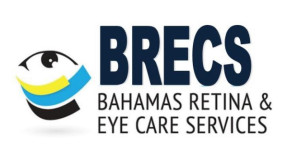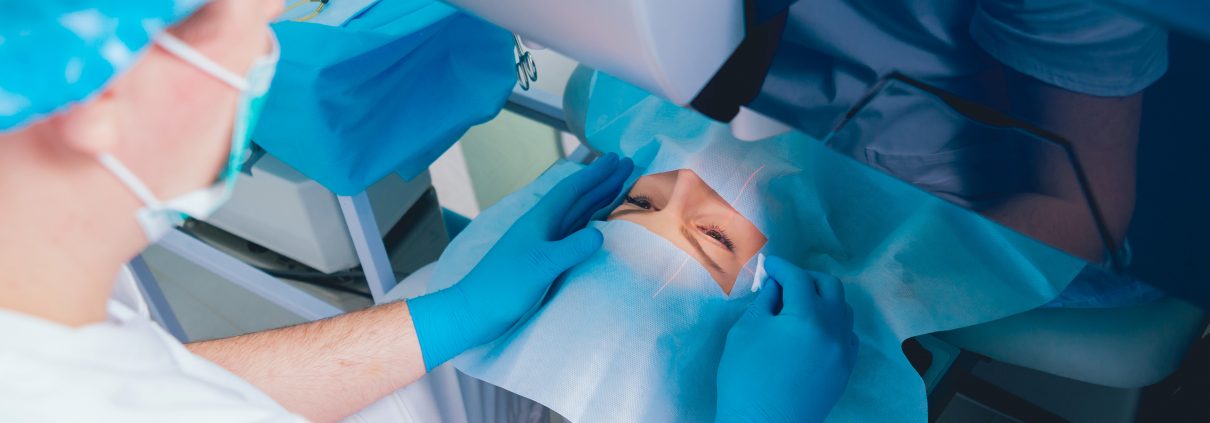GLAUCOMA LASER TREATMENT
Selective Laser Trabeculoplasty, or SLT, is a form of laser surgery that is used to lower intraocular pressure in glaucoma.
It is used when eye drop medications are not lowering the eye pressure enough or are causing significant side effects. It can also be used as initial treatment in glaucoma. SLT has been in use for more than 25 years in the United States and around the world.
- Who is a candidate for SLT?
Patients who have primary or secondary open-angle glaucoma (the drainage system in the front part of the eye is open) and are in need of lowering of their intraocular pressure (IOP) are eligible for the procedure. Your eye doctor will make the final determination if you are a candidate. - How does it work?
Laser energy is applied to the drainage tissue in the eye. This starts a chemical and biological change in the tissue that results in better drainage of fluid through the drain and out of the eye. This eventually results in lowering of IOP. It may take 1-3 months for the results to appear. - Why is it called Selective?
The type of laser used has minimal heat energy absorption because it is only taken up by selected pigmented tissue in the eye. Sometimes it is referred to as a “cold laser.” Because of this, the procedure produces less scar tissue and has minimal pain. - What are the risks?
One key aspect of SLT is a favorable side effect profile, even when compared with glaucoma medications. Post-operative inflammation is common but generally mild, and treated with observation or eye drops or an oral non-steroidal anti-inflammatory drug. There is an approximately 5% incidence of IOP elevation after laser, which can be managed by glaucoma medications and usually goes away after 24 hours.



